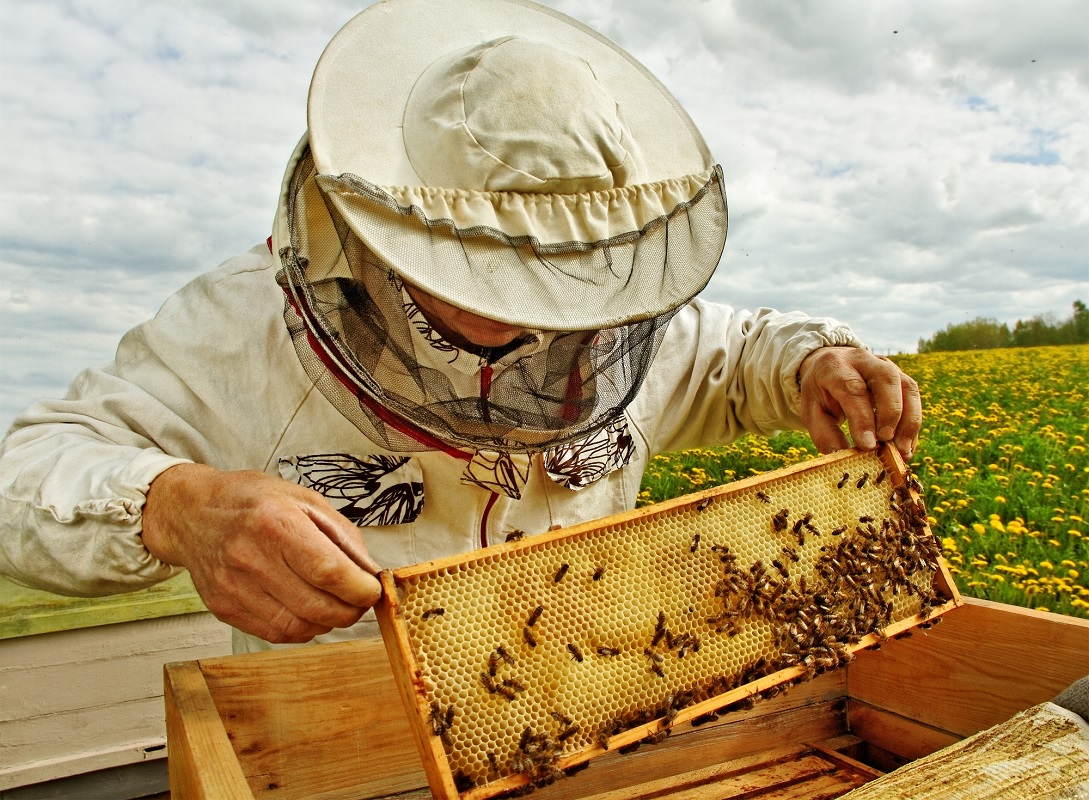Beekeeping is a rewarding and environmentally beneficial hobby that has been gaining popularity among nature enthusiasts. However, if you are a pet owner, you might wonder if it’s safe to keep bees around your beloved animals. In this article, we’ll explore the concept of keeping bees around pets and offer valuable insights into getting started in beekeeping.
Benefits of Keeping Bees Around Pets
1. Enhancing Pollination
Having bees around your pets can significantly enhance pollination in your garden, leading to better plant growth and increased crop yields.
2. Natural Pest Control
Bees help control other pests in your garden by preying on harmful insects, reducing the need for chemical pesticides.
3. Encouraging Biodiversity
Maintaining a bee-friendly environment encourages biodiversity, creating a healthier ecosystem for both pets and humans.
Preparing Your Pets for Beekeeping
1. Understanding Your Pet’s Behavior
Before introducing bees, it’s essential to understand how your pets might react to these new buzzing neighbors.
2. Creating a Safe Environment
Ensure your backyard provides a secure space for both pets and beehives, with enough distance to prevent direct interaction.
3. Gradual Exposure to Bees
Gradually introduce your pets to the presence of bees to help them acclimate and understand their behavior.
Setting Up a Beehive in Your Backyard
1. Choosing the Right Location
Select a suitable location for your beehive, considering factors such as sunlight, wind direction, and accessibility.
2. Selecting the Beehive Type
Choose the beehive type that best suits your needs and the space available in your backyard.
3. Acquiring Bees
Acquire bees from reputable sources and introduce them to the beehive with care.
4. Safety Precautions
Adopt safety measures to prevent accidents and ensure the well-being of your pets and bees.
Educating Your Pets about Bees
1. Positive Reinforcement Training
Use positive reinforcement techniques to educate your pets about the importance of bees.
2. Introducing Bees to Your Pets
Supervise the initial interactions between your pets and bees while rewarding calm and non-threatening behavior.
3. Monitoring Their Reactions
Observe your pets’ reactions to bees over time and intervene if necessary.
Supervising Pets and Bees Together
1. Being Present During Beekeeping Sessions
Always be present while working with your bees to ensure the safety of your pets.
2. Using Barriers and Fences
Install barriers or fences around the beehive to prevent direct contact between pets and bees.
3. Being Cautious with Curious Pets
Be vigilant with curious pets and discourage any attempts to disturb the beehive.
Signs of Pet Allergies to Bees
1. Recognizing Allergic Reactions
Learn to recognize signs of allergic reactions in pets and be prepared to take prompt action.
2. Immediate First Aid Measures
Know how to administer basic first aid in case your pet gets stung by a bee.
3. Seeking Veterinary Help
Contact your veterinarian immediately if your pet exhibits severe allergic reactions.
Common Misconceptions About Keeping Bees with Pets
1. Bees as Aggressive Insects
Understand that bees are usually not aggressive and only sting when they feel threatened.
2. Harming Your Pets
Proper management and precautions minimize the risks of harm to your pets.
3. Negatively Impacting Beehive Productivity
Contrary to belief, pets’ presence might not significantly affect bee colony productivity.
Combining Beekeeping and Pet Safety Measures
1. Using Bee-Friendly Plants
Plant bee-friendly flowers and herbs that provide a safe foraging environment for bees.
2. Providing Fresh Water Sources
Ensure there are fresh water sources nearby for both pets and bees.
3. Regular Checkups for Both Pets and Bees
Schedule regular checkups for your pets and maintain periodic inspections of your beehive.
Keeping bees around your pets can be a fulfilling and harmonious experience, benefiting both your garden’s ecosystem and your pets’ well-being. With careful planning, proper education, and attentive supervision, you can create a safe environment where pets and bees thrive together.
Can all types of pets coexist with bees?
While most pets can coexist with bees, it’s crucial to assess your pet’s temperament and behavior before introducing them to beehives. Some pets, like highly predatory animals, may not be suitable for such an environment.
How can I train my pets to be comfortable around bees?
Positive reinforcement training is an effective method to teach pets to associate bees with positive experiences. Rewarding calm and non-threatening behavior around bees can help them adapt better.
Are bees dangerous for my pets?
Bees are generally not dangerous unless provoked. However, pets with severe bee allergies may face risks if stung. It’s essential to know your pet’s allergy status and have a plan in case of an allergic reaction.
Can I keep beehives indoors if I have indoor pets?
Indoor beehives are not recommended due to safety and ventilation concerns. Bees require adequate space and outdoor environments for proper foraging and pollination.
Do bees pose a threat to small pets like rabbits or hamsters?
Small pets should be kept indoors or in secure enclosures, away from beehives, to avoid any potential accidents or stings. It’s best to consult a veterinarian if you have concerns about your small pet’s safety.
